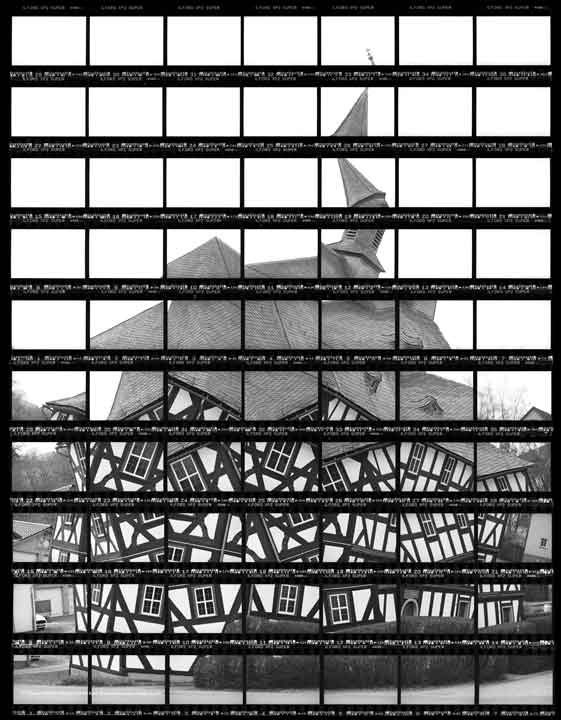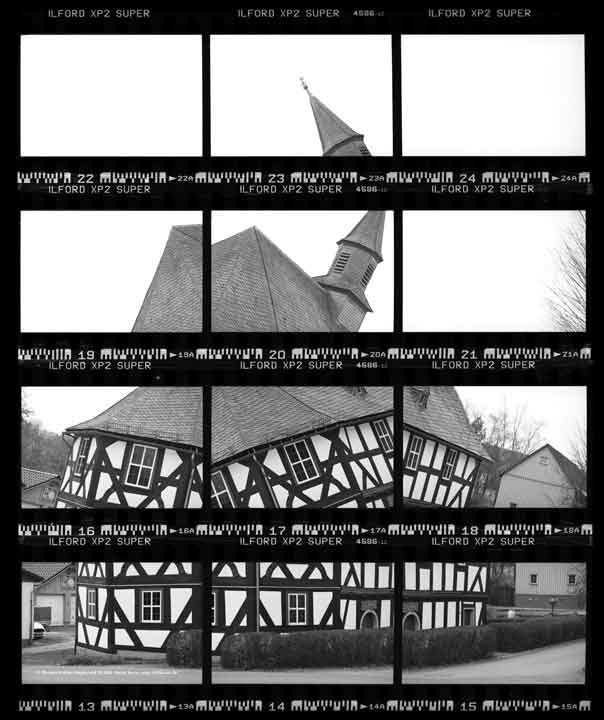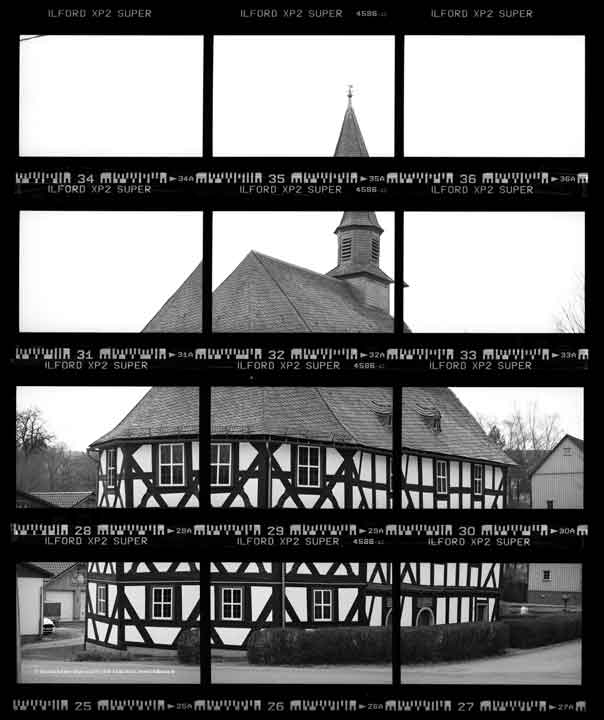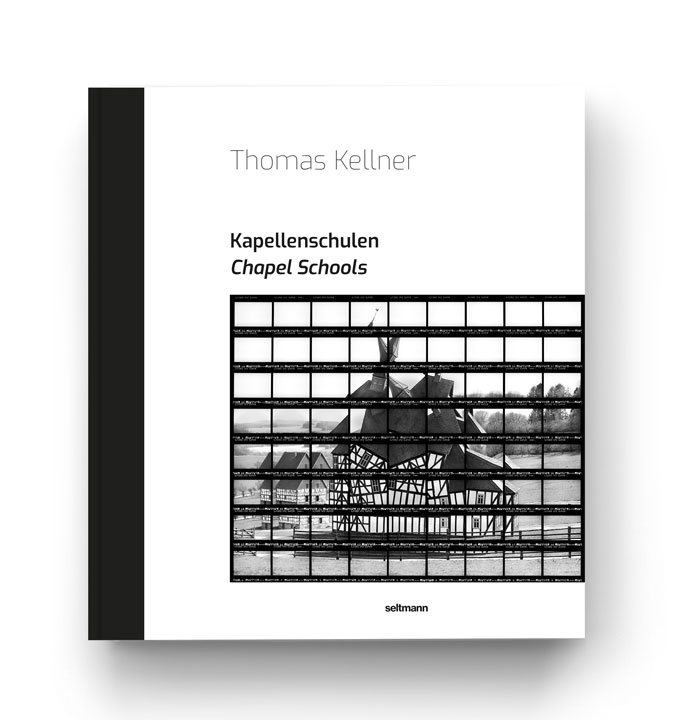Chapel school Sassenhausen
The Sassenhausen chapel school in Bad Berleburg was built by the well-known master builder Mannus Riedesel. In addition to numerous houses in Wittgenstein, he built the Stoltz House as well as the Ludwigsburg and was highly respected during his lifetime. The inscription on the chapel’s entrance door suggests that it was built as early as 1703, other records suggest 1705.
There were two previous chapels on this site: the first chapel was documented in 1585. Yet, as early as 1592, this chapel was renewed and replaced by a second one. The present chapel was built with a single nave and has an indicated apse facing east, yet without a visible choir. Another noteworthy feature is Emperor William II’s gift to the chapel: in 1903, he donated a new bell. Until the early 20th century, the chapel was also used as a school when an independent school building became ready.
Sassenhausen in: The Chapel Schools' Book
Chapel schools form a solitary architectural type for the Siegerland and its neighboring regions.
As stand-alone buildings and conspicuous in their surroundings, like the one in Sassenhausen, they reveal the connection between religion and school education starting from the domain of Count William I of Nassau-Katzenelnbogen (1487-1559) and his son John VI of Nassau, Katzenelnbogen and Dietz (1536-1606). The hybrid used buildings existed until the end of the 19th century and in parts even until the 20th century.
Chapel Schools a solitary architectural type
The Siegen fine art photographer Thomas Kellner recognized the historical and cultural value of these buildings and set himself the task of preserving and recalling this typical regional cultural asset through a new medium. By means of photography he transfers the chapel schools into an artistic context and gives the historical topic a new dimension in the present (art).
Just as the chapel schools united in themselves two spheres of life, this publication also conveys different contemporary perspectives on the history and genesis of the chapel schools. While Kellner tries to rethink the type of building, which oscillates between profane and sacred, with his artistic realization, Chiara Manon Bohn, Isabell Eberling M. Sc. Dr. Andrea Gnam and Dr. Stefanie Siedek-Strunk provide an insight into the historical, architectural and religious classification of the chapel schools up to the pictures of Thomas Kellner in text contributions.













